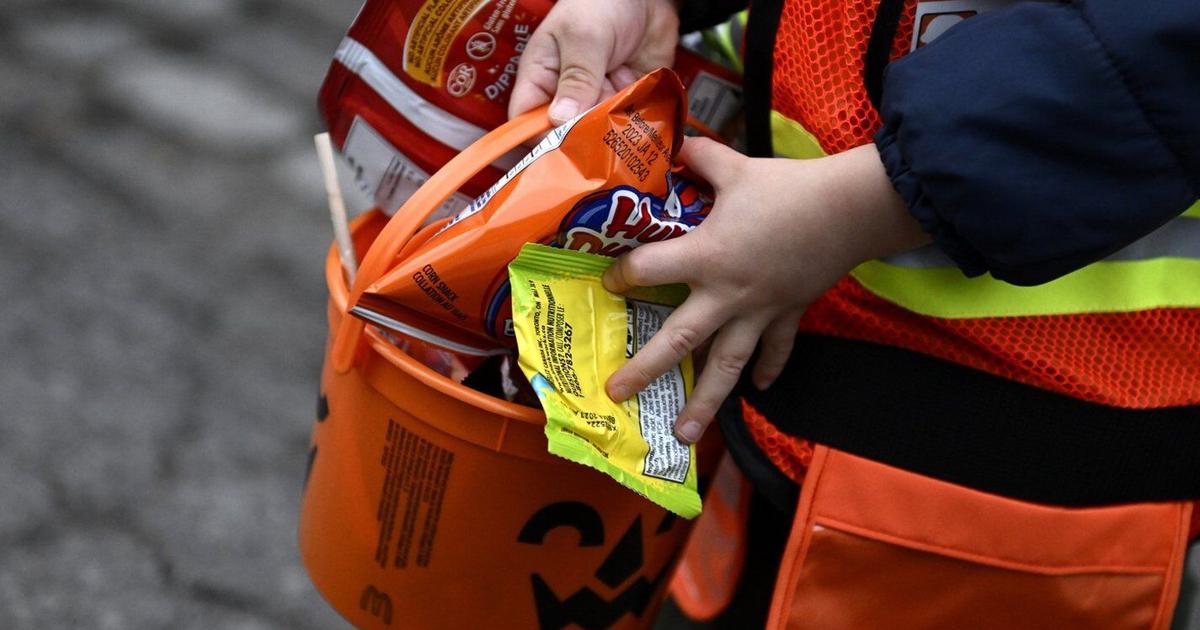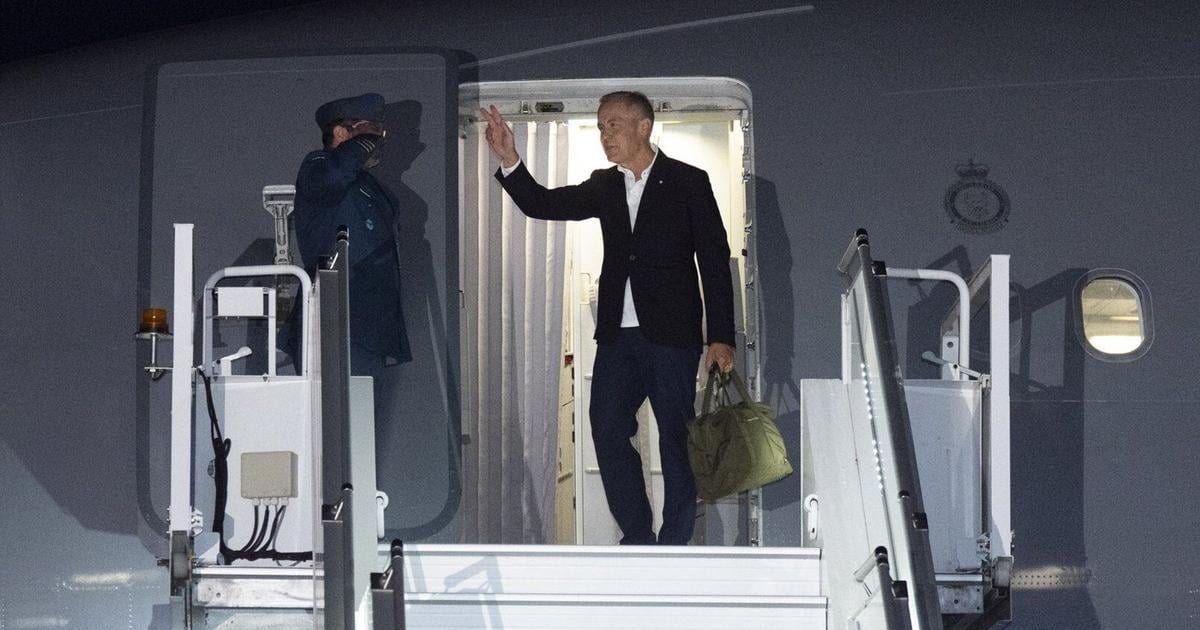Those dipping into the Halloween candy pile early might have noticed some unwelcome changes: portions so small the chocolate bar is more of a square or so few M&Ms you can count them on one hand.
The amount of chocolate content might be lower, too, with sugary substitutes added to the ingredients list.
Trick-or-treaters hoping the trend is temporary are likely to be disappointed, as climate change and other factors are expected to make higher cocoa prices a new long-term reality.
Companies trying to manage sky-high prices for ingredients can only pass along so much of the cost to consumers, so they have turned to portion sizes, alternate ingredients and other strategies as well.
Cocoa prices have more than doubled over the past two years due to poor weather and crop disease in West Africa, which supplies more than 70 per cent of the world’s cocoa.
The North American benchmark price for a tonne of cocoa stood at US$6,207 on Wednesday, according to the International Cocoa Organization, which releases a daily average of futures prices for the commodity in London and New York.
That’s down from December’s peak of US$11,984, but it’s still 60 per cent higher than two years ago. Prices had held steady at around US$2,500 for more than a decade leading up to 2023.
“It has come down a little bit from its peak, but it’s still almost triple what it used to be,” said Jo-Ann McArthur, president of Nourish Food Marketing.
“You can’t absorb that as a manufacturer.”
Signs of a pivot have already emerged. Hershey Co. launched chocolate nuggets filled with pumpkin spice latte flavour this fall, while its Reese’s peanut butter cups got a Halloween makeover with werewolf tracks — substituting half the chocolate coating with vanilla cream. (Some of these new variations are not yet available in Canada.)
With the nuggets, “they’ve used that filling to really change the composition of the Halloween candy to reduce the amount of chocolate,” McArthur said.
“They’re turning a negative into a positive. That’s clever product innovation.”
Some chocolate makers are also using cocoa substitutes, such as chocolate powder or a shea butter mix to reduce ingredient costs, McArthur said.
“You’re going to have to fundamentally use less cocoa, less chocolate,” she said. “With climate change, this is probably a long-term phenomenon.”
Climate scientist Anna Lea Albright said climate change-induced heavy rainfalls in West Africa are affecting cocoa yields.
“We find that heavy rainfall is damaging, so in a very broad sense, that poses a risk to cocoa production without adaptation,” said Albright, an environmental fellow at Harvard University’s Center for the Environment.
On top of that, factors such as El Niño are factors in year-to-year variation, she added.
Environmental impacts are making cocoa pricing more volatile. According to the International Cocoa Organization, prices surged in early June on concerns about production in Ivory Coast but eased on optimistic forecasts for production in Ghana and Latin America. They rose again in late June after heavy rains in West Africa, which could worsen the outbreak of diseases that harm crops.
Albright said other non-climatic factors, such as rising fertilizer costs are also adding to cocoa supply disruptions.
“It’s going to be challenging for any manufacturers who use cocoa in their products,” said Tim Webb, partner for supply chain and procurement at KPMG in Canada.
“It’s unlikely that cocoa prices will return to more normalized levels given tight supplies, tariffs and the added compliance cost of tracing and disclosing cocoa supplies,” he said.
Some chocolate makers raised prices to adjust to the rising ingredient costs earlier this year, while others have downgraded their sales estimates as consumer demand wanes.
Chocolate maker Lindt & Spruengli AG, a global powerhouse, in July reported higher cocoa costs and lower volumes in its mid-year report, with the slower sales largely concentrated in North America.
Hershey’s, meanwhile, announced earlier this year it was raising its retail prices, and in some cases, shrinking the packaging with the same price. The price increases, however, were not reflected in Halloween packaging.
The average price increases were in the low double-digit percentages to make up for the higher cost of cocoa and other ingredients.
Prices of confectionary products rose 9.2 per cent in September, compared with 5.8 per cent the previous month, Statistics Canada reported on Tuesday.
Webb said chocolate manufacturers need to focus on building resilience across their supply chains by diversifying sourcing regions and investing in long-term partnerships with farmers.
“Stability comes from managing price cycles strategically,” he said.
— With files from The Associated Press
This report by The Canadian Press was first published Oct. 24, 2025.



